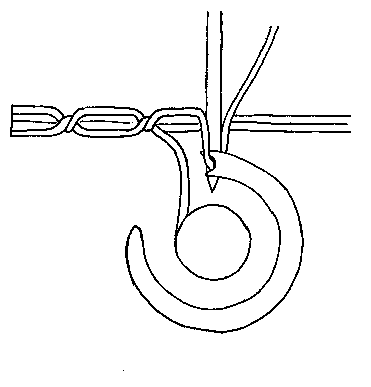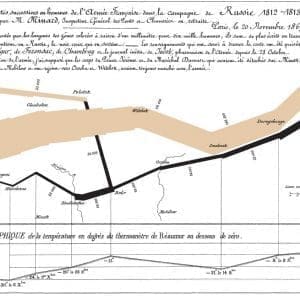Even though there is an art to visualization design, it stands to reason that this is a skill that can be taught / learned. I remember going to campus visits with my daughter, and hearing about a textbook considered to be a timeless classic – teaching students how to draw. What a concept – I guess I had always imagined an innate, magic ability (that I, of course, never had).
Then again, musicians start learning to read and write music and play chords, and engineers learn physics, materials, and how to manipulate CAD environments – so why not training on data visualizations?
Thankfully, there is a ready supply of introductory material and examples on the web, with links to more advanced stuff. Let’s start with some design concepts (we’ll do specific tools and techniques later …) Note, of course, that this is just a small selection of interesting stuff I’ve read over the past few months.
Fundamentals First
If you like your training in small bites, Mathias Shapiro uses the Pecha Kucha technique to lay out the basic principles. It’s a nice ice breaker – the fast-paced style glosses over things a bit (and mispels a word or two), but you get the general concepts.
httpvh://www.youtube.com/watch?v=_l-Dby7-JG4
Over on Flowing Data, Nathan Yau has a pretty nice write up on getting to know and understand the fundamentals of graphical perception. It’s a summary of a 1984 article from the Journal of the American Statistical Association; if Nathan’s points (as it were) on how people decode visual clues pique your interest, try diving into the entire article.
Finally – on Understanding Graphics, Connie Malamed has a nice article on 5 myths of visual communication – instructing / learning by concentrating on what not to do. Seeing things “in reverse” can be an effective learning strategy – the opposite of “I’ll know it when I see it“….
However, I do take minor exception to some elements of myth 3 and 4 – there can be value in animation. Case in point – I was always enthralled by the miracle of the sewing machine – could never imagine how that actually worked – until I saw this nifty little animation (from World Of Technology, via FFFFOUND!)



Comments (2)
Hi Jim,
Thanks for the nod. I agree that animation is awesome for promoting understanding — IF there’s a cognitive match and IF it doesn’t fly by too quickly. The point isn’t that animation is bad, but that it’s not the magic bullet in all situation. Sorry if I mis-communicated my point in that article.
Best,
Connie
Jim,
thanks for the link and I agree, visualization would be a great way view large amounts of reasonable data. Unfortunately, if someone wanted to visualize our data currently… well… imagine a dog eating scrambled with hot salsa.